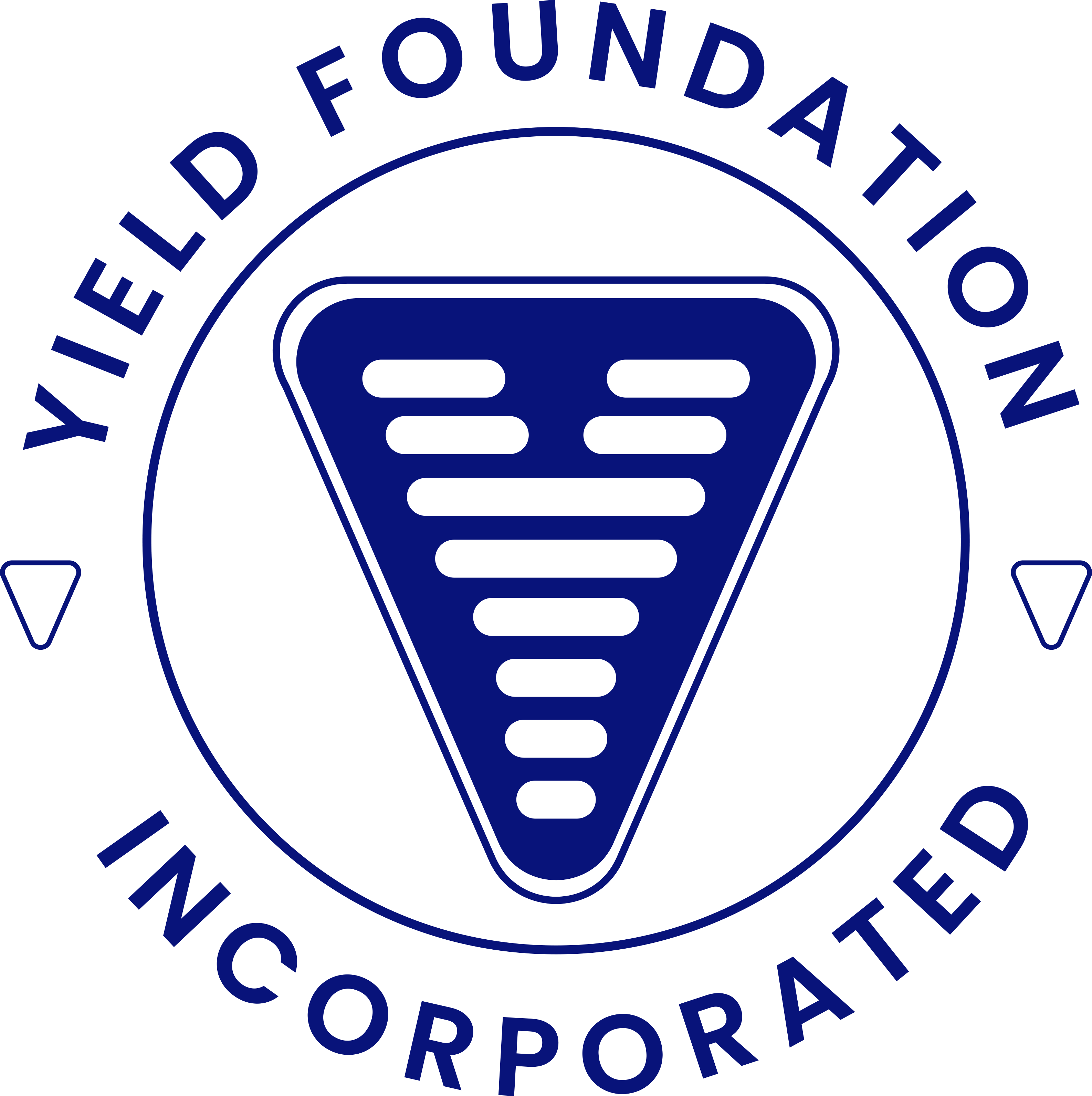
Substance use among adolescents is a multifaceted issue impacting communities across the United States, including Jacksonville, Florida. The complex mix of social, cultural, and psychological factors that contribute to teenage drug and alcohol use can vary significantly from one region to another, making it essential for local communities to understand their unique challenges and tailor solutions accordingly. This blog delves into the patterns, consequences, and prevention strategies surrounding adolescent substance use in Jacksonville, aiming to inform parents, educators, and community leaders who are key to addressing this pressing concern.
The Current State of Adolescent Substance Use in Jacksonville
Jacksonville, the largest city in Florida by both area and population, is a dynamic urban environment characterized by diverse socioeconomic backgrounds. With a growing population of young people, understanding the trends in substance use among adolescents is vital for shaping effective responses.
According to recent reports from the Florida Department of Health, Jacksonville has seen a concerning rise in certain types of substance use among teenagers. The most commonly used substances include alcohol, marijuana, vaping products (particularly those containing nicotine), and increasingly, prescription medications used illicitly. This trend is not isolated; it aligns with national statistics indicating that vaping and the misuse of prescription drugs are becoming more common among adolescents.
Contributing Factors to Substance Use
- Peer Pressure and Social Influence: Adolescence is marked by a period of exploration and identity formation. Peer groups play a significant role during this stage, often influencing behaviors and decisions, including the use of substances. For many Jacksonville teens, the desire to fit in with friends or emulate older youth can lead to experimenting with drugs or alcohol.
- Accessibility: Despite regulations, many adolescents report easy access to alcohol and other substances. Factors such as older siblings, friends of legal age, and insufficient parental oversight contribute to this accessibility. In Jacksonville, where nightlife and social gatherings are prevalent, underage drinking remains a particular challenge.
- Mental Health Challenges: The link between mental health issues and substance use cannot be overstated. Adolescents struggling with anxiety, depression, trauma, or other psychological conditions may turn to substances as a form of self-medication. The stressors associated with school, family expectations, and social pressures in a bustling city like Jacksonville can exacerbate these feelings, increasing the risk of substance use.
- Family Dynamics and Environment: The environment at home greatly influences adolescent behavior. Research has shown that teens are more likely to engage in substance use if there is a lack of parental supervision or if they come from households where substance abuse is present. In Jacksonville, socioeconomic disparities can also affect family dynamics, with economic instability contributing to stress and potentially leading to substance use as a coping mechanism.
The Impact of Adolescent Substance Use
Substance use during adolescence can have severe, far-reaching implications for both the individual and the community.
Health Consequences: The teenage brain is still developing, making it particularly susceptible to the negative effects of substances. Early and repeated use can impair cognitive functions, lead to addiction, and increase the risk of long-term mental health disorders. Jacksonville has seen cases where substance use has contributed to more severe physical and mental health issues among teens, highlighting the need for immediate intervention.
Academic Performance: Teens engaged in substance use often exhibit declining academic performance, truancy, and disengagement from school activities. This not only limits their future opportunities but also places an additional strain on local educational institutions trying to support at-risk students.
Behavioral Issues and Crime: Substance use can lead to risky behaviors, including aggressive or criminal actions. Law enforcement agencies in Jacksonville have noted that a portion of juvenile offenses, such as vandalism, theft, and assault, are linked to substance abuse. This behavior creates a cycle that is difficult to break without community support and targeted intervention programs.
Local Efforts and Solutions
The battle against adolescent substance use in Jacksonville is multifaceted, involving schools, healthcare providers, law enforcement, and community organizations. While challenges persist, several positive steps are being taken to curb the trend:
- Educational Programs: Schools in Jacksonville have begun incorporating more comprehensive health education programs that go beyond the typical “just say no” messaging. These programs provide students with knowledge about the real effects of substance use, coping strategies for stress and peer pressure, and the importance of making informed choices. Programs like D.A.R.E. (Drug Abuse Resistance Education) have evolved to include more engaging, evidence-based approaches that resonate with today’s youth.
- Community Outreach Initiatives: Nonprofit organizations in Jacksonville, such as the Partnership for Child Health, have been instrumental in organizing community outreach programs. These initiatives focus on prevention, offering workshops for parents and teens on how to recognize the signs of substance use, promote healthy behaviors, and foster open communication.
- Mental Health Services: Addressing mental health needs is critical in preventing adolescent substance use. Jacksonville has seen an increase in mental health resources available to teens, including school-based counseling and partnerships with local clinics that offer therapy and support for those at risk. Programs like the Jax Youth Initiative have been working to bridge the gap between mental health services and the young population.
- Law Enforcement and Policy: Jacksonville’s local government and law enforcement agencies have adopted more balanced approaches to juvenile substance use. These approaches prioritize rehabilitation and education over punitive measures. Diversion programs help adolescents caught with substances to avoid criminal records, instead focusing on counseling and community service as part of their rehabilitation.
- Parental Involvement and Family Support: Strong family relationships can serve as a protective factor against substance use. Workshops and training sessions for parents, hosted by community centers and schools, provide strategies on monitoring children’s activities, setting clear expectations, and fostering open communication about the dangers of drug and alcohol use.
What More Can Be Done?
While many promising strategies are in place, there is still room for improvement:
- Increased Funding for Youth Programs: Investing in after-school programs and recreational activities can give teens alternative outlets to explore their interests and build positive peer relationships. Safe spaces for socialization, arts, and sports can deter substance use by fostering healthy engagement.
- Enhanced Public Awareness Campaigns: Raising awareness about the specific substance use trends and risks affecting Jacksonville teens can empower the community to act. Campaigns can be tailored to reach audiences through social media, community events, and partnerships with local influencers.
- Access to Healthcare: Ensuring that all adolescents, regardless of socioeconomic status, have access to healthcare services is vital. This includes screenings for substance use, mental health evaluations, and follow-up treatments.
- Collaboration Between Sectors: Continued cooperation between schools, law enforcement, healthcare providers, and community leaders can amplify efforts to create a safer environment for teens. Collaborative task forces dedicated to identifying and responding to emerging substance use trends can enhance the efficiency of current programs.
Conclusion
Adolescent substance use in Jacksonville, FL, remains a significant issue that requires sustained, collaborative efforts to address. While there are challenges, the progress made by schools, community organizations, and law enforcement provides a solid foundation. By continuing to focus on education, mental health, and family involvement, Jacksonville can create a supportive network for its youth that encourages healthier choices and reduces the prevalence of substance use.
Building a brighter future for Jacksonville’s adolescents means staying proactive, informed, and united in the fight against substance use. With a community-centered approach, lasting change is possible, ensuring that the city’s youth are given every opportunity to thrive without the shadow of substance abuse.

